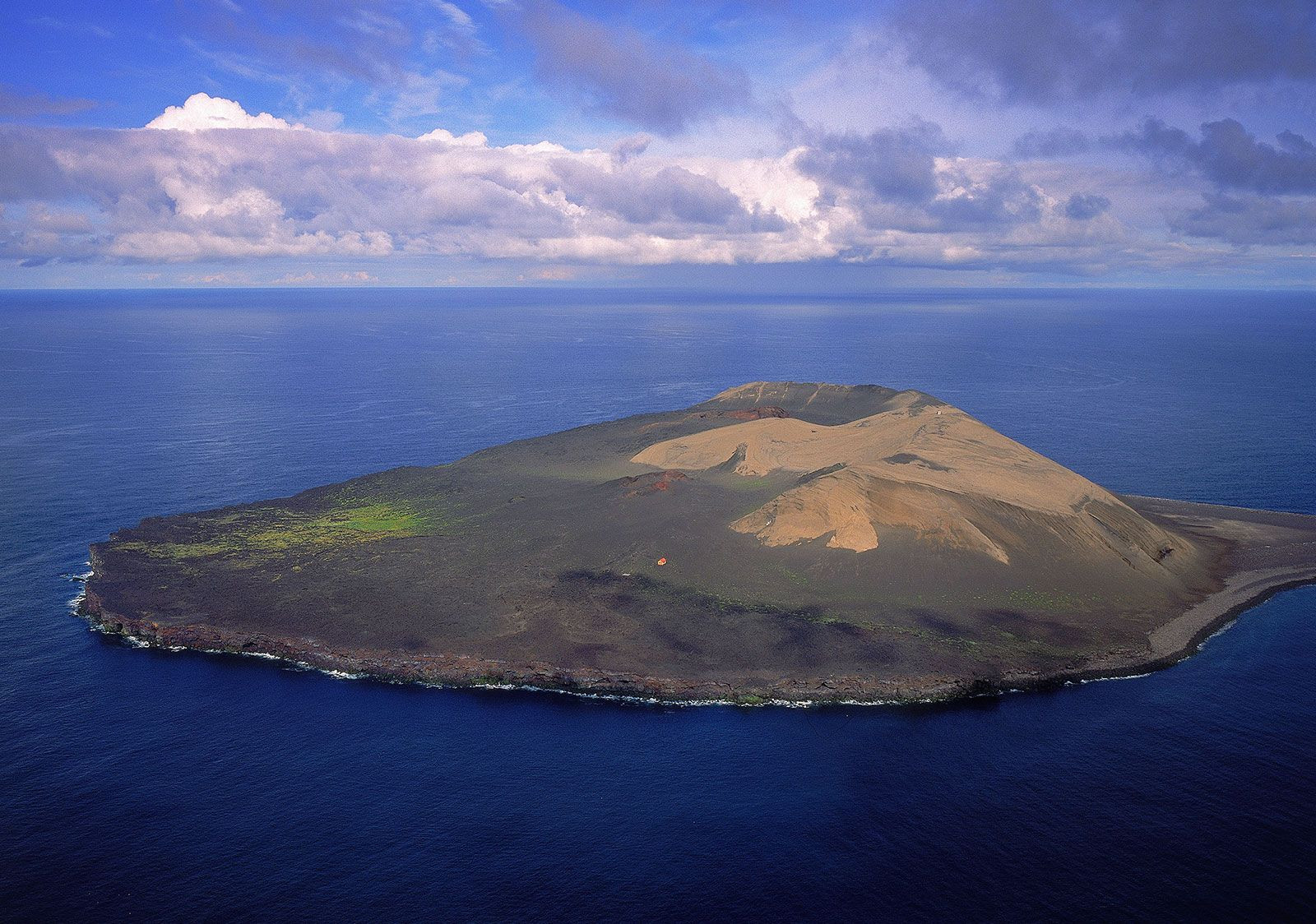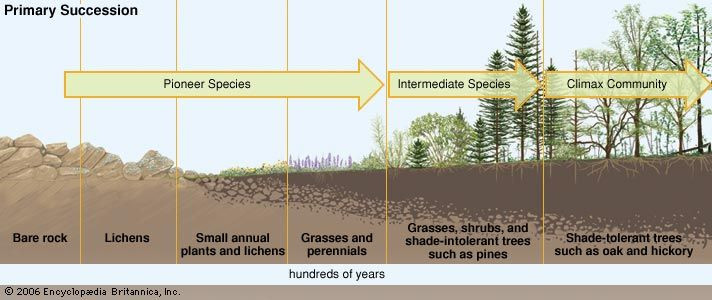In the realm of ecology, life’s journey often begins in the most desolate of landscapes. Imagine barren rock, newly formed volcanic islands, or land stripped bare by glaciers. These harsh environments, seemingly devoid of life, are where the remarkable process of ecological succession commences. At the forefront of this transformation are pioneer species, the hardy trailblazers of the natural world.
These are the organisms that fearlessly colonize previously uninhabited environments, paving the way for more complex ecosystems to flourish. Pioneer species are not just survivors; they are ecosystem architects, playing a crucial role in shaping the world around them. Understanding their characteristics and impact is key to grasping the fundamental processes of ecological change and resilience.
Defining Pioneer Species
Pioneer species are defined by their ability to thrive in conditions that are inhospitable to most other forms of life. These are the initial colonizers of barren or disturbed habitats, initiating ecological succession. They are adapted to withstand extreme conditions such as nutrient-poor soils, intense sunlight, and limited water availability. Their presence marks the very first stage of biological community development in an area where life was previously absent or nearly so.
Types of Pioneer Species
The spectrum of pioneer species is diverse, ranging from microscopic organisms to certain plant varieties. Often, the earliest pioneers are microorganisms like bacteria and archaea. These microscopic powerhouses can establish themselves even before visible plant life appears. They colonize surfaces like bare rock and glacial ice, beginning the essential work of nutrient cycling and laying the groundwork for future colonization.
Following closely are lichens, fascinating composite organisms formed through a symbiotic partnership between fungi and algae. Lichens are frequently observed as early colonizers on rocks and other barren surfaces. They possess the incredible ability to extract moisture and nutrients directly from the atmosphere, absorbing water vapor, raindrops, and dust. Moreover, lichens secrete acids that slowly break down the rock substrate, initiating the vital process of soil formation.
Mosses represent another significant group of pioneer species in many environments. Like lichens, mosses are resilient and can tolerate harsh conditions. They contribute to rock weathering through the release of acids, further aiding in soil development. As these pioneer species live and die, their decomposing organic matter mixes with fragmented rock particles, gradually enriching the nascent soil and making it more hospitable for subsequent plant life.
The Role of Pioneer Species in Ecological Succession
Pioneer species are not merely passive inhabitants; they are active agents of environmental change. Their most critical role lies in initiating primary ecological succession. This process begins in areas devoid of soil and previous life, such as newly exposed rock after glacial retreat or volcanic eruptions. Pioneer species fundamentally alter these environments, making them habitable for a wider array of organisms.
Through their activities, pioneer species facilitate soil development, increase nutrient availability (for instance, through nitrogen fixation by certain bacteria), and modify microclimates. This habitat modification creates opportunities for other species, often referred to as secondary colonizers, to establish themselves. These secondary species, such as grasses and ferns, further transform the environment, leading to a progression of ecological communities over time.
Examples of Pioneer Species and Colonization: The Case of Surtsey
The volcanic island of Surtsey, which emerged from the Atlantic Ocean near Iceland in 1963, provides a compelling real-world example of pioneer species in action. Initially a sterile landscape of volcanic rock, Surtsey was rapidly colonized by pioneer species. Microorganisms were likely the first to arrive, followed by lichens and mosses. Soon after, seeds carried by wind and water began to sprout, with plants like sea rocket, sand ryegrass, and oysterleaf taking root in the developing soil.
Surtsey’s ongoing ecological development demonstrates the power of pioneer species to initiate life in even the most extreme new environments. Over decades, the island has seen increasing plant diversity, including the arrival of higher plants like dwarf willow. This progression exemplifies the crucial first steps of ecological succession, all driven by the initial colonization and habitat modification by pioneer species.
Succession and the Gradual Shift
As pioneer species modify their environment, conditions gradually become less favorable for them and more suitable for other species. Intermediate species, such as grasses, ferns, shrubs, and fast-growing trees, begin to colonize, often outcompeting the pioneers for resources like sunlight and nutrients. The shade cast by taller plants can, for example, reduce the light available to low-growing lichens and mosses.
This process of succession is dynamic. Pioneer species, having played their foundational role, may decline locally as the environment evolves. They are eventually replaced by later successional species that are better adapted to the altered conditions. However, the legacy of pioneer species persists in the transformed soil and modified habitat, which now supports a more diverse and complex biological community.
In conclusion, pioneer species are indispensable agents of ecological change. These first colonizers of barren landscapes are nature’s essential groundwork crew, initiating soil formation, nutrient cycling, and habitat modification. Their resilience and adaptability pave the way for the development of richer, more complex ecosystems, highlighting their critical role in the grand tapestry of life on Earth.


 primary ecological succession
primary ecological succession